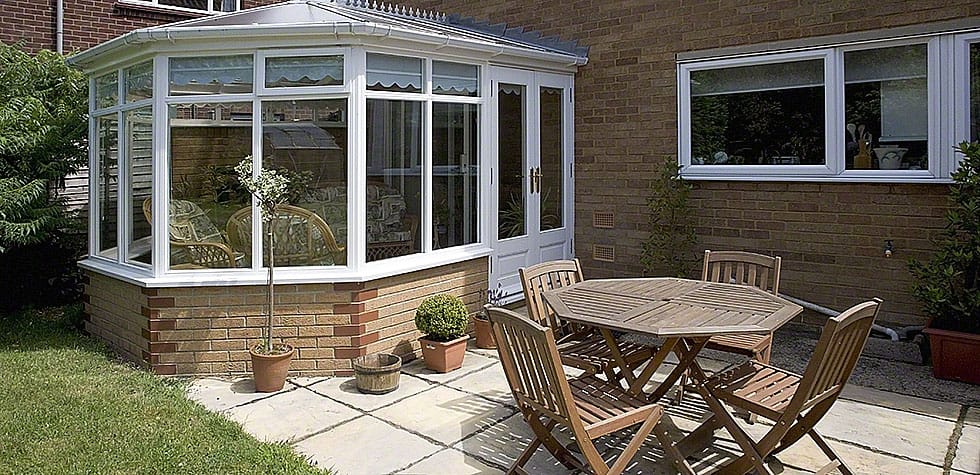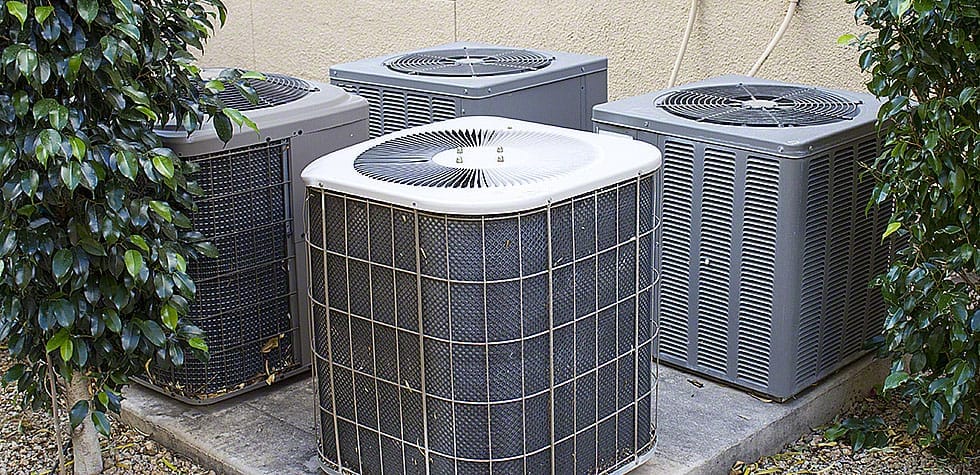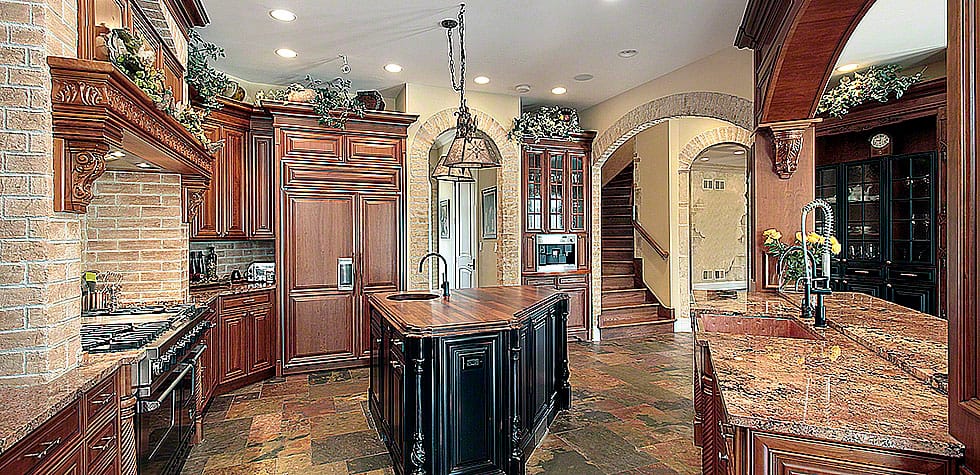
Backyard decks are meant to offer some relaxation after hectic days of work. You can simply grab a cup of coffee and connect with nature for a while until you can unwind yourself. However, a potential downside to a backyard deck is that it can be expensive. Even though it adds to the overall appeal of the house, but not everyone can afford it. So, let’s take a look at some alternatives provided by patio builders you can consider that will be much lighter on the pocket.
Natural Stone And Porcelain
One of the first alternatives you have is limestone paving, bluestone, or slate. These are natural stones that come in a wide variety of colors and sizes etc. The thing with natural stones is that they look beautiful when laid but there is a cost attached to them. The overall process can be slightly heavy on the pocket and complex as well.
The reason is that laying down natural stone requires a solid foundation, which involves heavy excavation groundworks. With that said, you will need a masonry to handle the task who will most probably charge you hourly. Plus, considering the complexity of the masonry project, it may take a few days to several weeks to get the job done.
Concrete Pavers
Concrete pavers as compared to natural stone are less expensive. They also come in a variety of colors and sizes which leaves the homeowners with plenty of options. To install concrete pavers, all you need to do is lay them down on the sand, which allows them to shift.
In addition to that, they are made to withstand a certain temperature that prevents them from cracking. You can also opt for permeable pavers that allow rainwater to exit through the pavers, allowing on-site drainage.
However, a downside to concrete pavers is that they fade with time and get scratched as well. Furthermore, considering their geometric pattern, concrete pavers are quite limited and allow weeds to grow between the gaps, which can turn problematic while walking as the surface becomes uneven.
Poured Concrete
If concrete pavers do not lie within your budget, you can opt for poured concrete. This is perhaps the least cost-effective option. This is a job you can do on your own as well as long as you are familiar with the technique and possess sufficient skills. All you need to do is mix the cement and create any shape or size according to your preferences.
However, you need to be careful about the mixing process as it is key to the durability and lifespan of the concrete. If mixing is not done the right way, it will be more prone to cracking. At the same time, you should not opt for this option if you plan on accessing your electric or plumbing lines in the future.
PVC Decking
PVC decking is the second most popular option than composite decking. The reason is that it is cost-friendly but you need to consider the maintenance and lifetime costs as well. This means that you should not only consider the product and installation cost since plastic decking is known to split, warp and fade if exposed to extreme temperatures.
Therefore, while PVC decking is cheap and easy to install, you have to live with a relatively less lifespan.
Composite Decking
Composite decking is made from recycled materials and real wood fibers. It is one of the best alternatives to wood decking as it is low maintenance and resistant to cracking, mold and splitting. Additionally, it is lightweight, weather-resistant, and does not rot or splinter.
As a result, a composite deck is supposed to be more durable and long-lasting than wood decking. Composite decking is available in different colors and specifications and also comes with a guarantee of lasting 25 years. Above all, composite decking is easy to install, looks visually appealing, and offers a solid decking base.
Final Word
In the end, selecting the best option depends on your preferences and budget. While there are plenty of benefits to consider, there are some downsides as well. Therefore, it is important that you take your time, consult with experienced patio contractors and make a wise decision. lagrass



